In the world of drilling and completion fluids, finding the right additive that can enhance the performance and efficiency of operations is crucial. One such powerful additive gaining significant attention in recent years is gilsonite. Extracted from natural deposits, this unique material offers numerous advantages when incorporated into drilling muds, making it an indispensable tool for the oil and gas industry. This article explores the advantages, applications, and benefits of utilizing gilsonite in mud. 1. Enhancing Stability and Shear Resistance: Gilsonite, also known as uintaite, is a naturally occurring solid hydrocarbon that possesses exceptional properties. When added to drilling muds, it significantly enhances their stability and shear resistance. This characteristic is particularly beneficial in high-temperature and high-pressure drilling environments, where muds need to maintain their integrity even under extreme conditions.

.
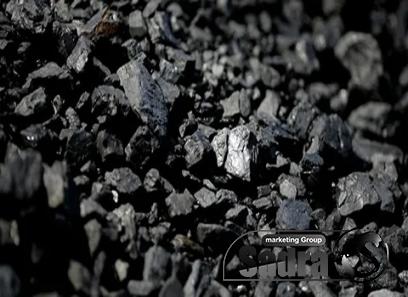 2. Reducing Fluid Loss: Fluid loss control is crucial in drilling operations to prevent formation damage, maintain wellbore stability, and optimize overall drilling efficiency. Gilsonite has excellent fluid loss control properties, aiding in the formation of a thin, impermeable filter cake on the wellbore walls. This filter cake effectively seals the formation, minimizing fluid loss and preventing differential sticking, thus improving well productivity. 3. Improving Hole Cleaning: Efficient hole cleaning is paramount in drilling operations to avoid issues such as hole caving, stuck pipe, and decreased drilling rates. Incorporating gilsonite in drilling muds helps improve hole cleaning by reducing the viscosity of the mud and enhancing cuttings transportation. The low viscosity of gilsonite reduces the resistance encountered by drilling fluids during circulation, allowing for better removal of drilled cuttings from the wellbore.
2. Reducing Fluid Loss: Fluid loss control is crucial in drilling operations to prevent formation damage, maintain wellbore stability, and optimize overall drilling efficiency. Gilsonite has excellent fluid loss control properties, aiding in the formation of a thin, impermeable filter cake on the wellbore walls. This filter cake effectively seals the formation, minimizing fluid loss and preventing differential sticking, thus improving well productivity. 3. Improving Hole Cleaning: Efficient hole cleaning is paramount in drilling operations to avoid issues such as hole caving, stuck pipe, and decreased drilling rates. Incorporating gilsonite in drilling muds helps improve hole cleaning by reducing the viscosity of the mud and enhancing cuttings transportation. The low viscosity of gilsonite reduces the resistance encountered by drilling fluids during circulation, allowing for better removal of drilled cuttings from the wellbore.
..
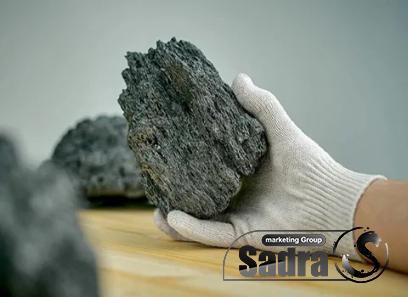 4. Enhancing Drilling Fluid Rheology: The rheological properties of drilling mud directly impact its performance during drilling operations. Gilsonite acts as a viscosifier and suspending agent, improving fluid rheology and preventing sagging or settling of drilled solids. It provides stability and maintains proper fluid viscosity, thereby enhancing wellbore integrity and facilitating efficient drilling. 5. Increased Heat Resistance: Drilling operations in high-temperature environments present unique challenges, including thermal degradation of drilling fluids. Gilsonite’s exceptional heat resistance allows it to perform effectively even at elevated temperatures. By integrating gilsonite into drilling muds, operators can mitigate the detrimental effects of high temperatures, ensuring the stability and effectiveness of the fluids throughout the drilling process.
4. Enhancing Drilling Fluid Rheology: The rheological properties of drilling mud directly impact its performance during drilling operations. Gilsonite acts as a viscosifier and suspending agent, improving fluid rheology and preventing sagging or settling of drilled solids. It provides stability and maintains proper fluid viscosity, thereby enhancing wellbore integrity and facilitating efficient drilling. 5. Increased Heat Resistance: Drilling operations in high-temperature environments present unique challenges, including thermal degradation of drilling fluids. Gilsonite’s exceptional heat resistance allows it to perform effectively even at elevated temperatures. By integrating gilsonite into drilling muds, operators can mitigate the detrimental effects of high temperatures, ensuring the stability and effectiveness of the fluids throughout the drilling process.
…
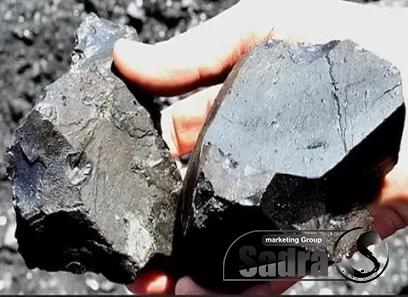 6. Environmental Advantages: Apart from its technical advantages, gilsonite also offers environmental benefits. As a naturally occurring material, it is non-toxic and eco-friendly. By using gilsonite in drilling muds, operators can minimize the impact on the environment while achieving optimal drilling performance. Conclusion: The utilization of gilsonite in mud has emerged as a game-changer in the oil and gas industry. Its unique properties, including enhanced stability, reduced fluid loss, improved hole cleaning, and increased heat resistance, make it an invaluable additive for drilling fluids. Gilsonite not only optimizes drilling operations but also offers environmental advantages. As the industry continues to explore innovative solutions, incorporating gilsonite in mud will undoubtedly play a crucial role in delivering enhanced drilling performance and improved well productivity.
6. Environmental Advantages: Apart from its technical advantages, gilsonite also offers environmental benefits. As a naturally occurring material, it is non-toxic and eco-friendly. By using gilsonite in drilling muds, operators can minimize the impact on the environment while achieving optimal drilling performance. Conclusion: The utilization of gilsonite in mud has emerged as a game-changer in the oil and gas industry. Its unique properties, including enhanced stability, reduced fluid loss, improved hole cleaning, and increased heat resistance, make it an invaluable additive for drilling fluids. Gilsonite not only optimizes drilling operations but also offers environmental advantages. As the industry continues to explore innovative solutions, incorporating gilsonite in mud will undoubtedly play a crucial role in delivering enhanced drilling performance and improved well productivity.
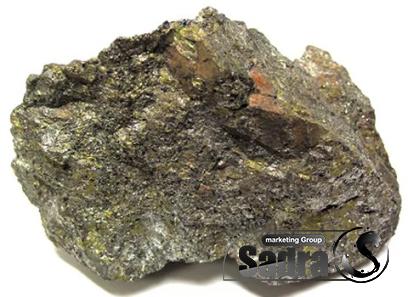
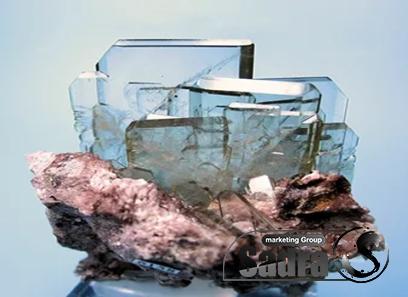
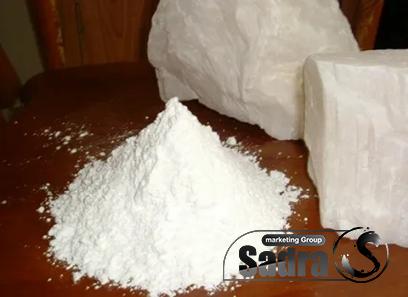
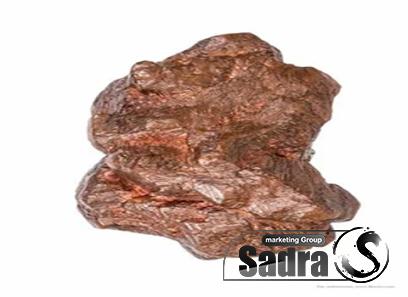
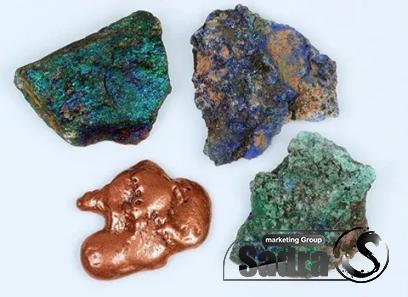
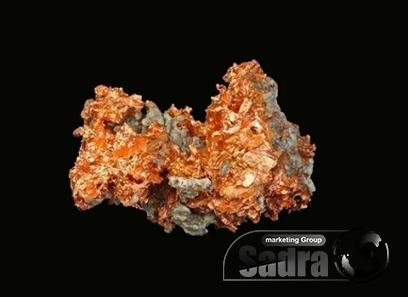
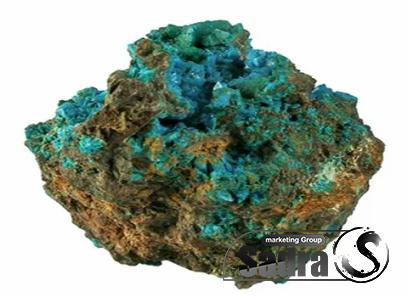
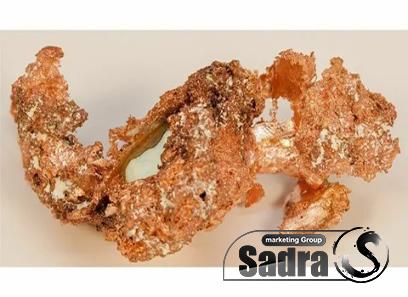
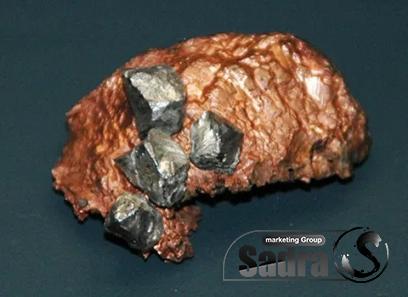
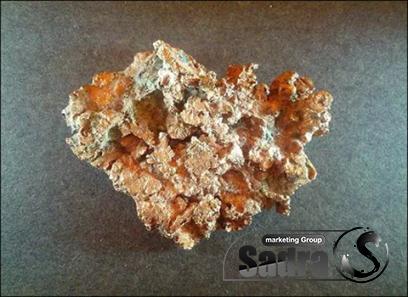
Your comment submitted.